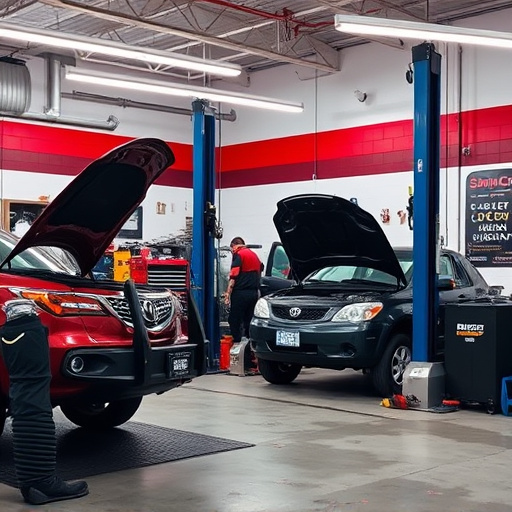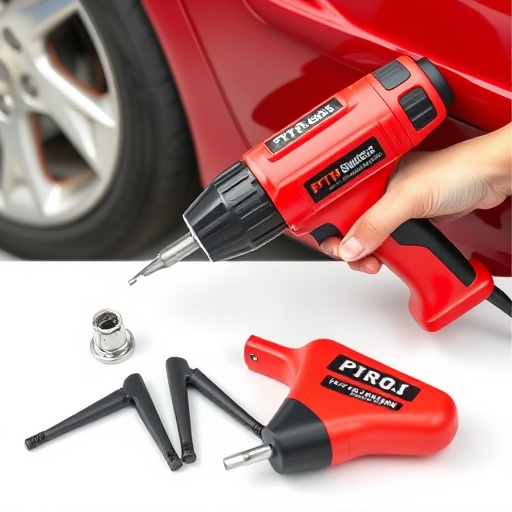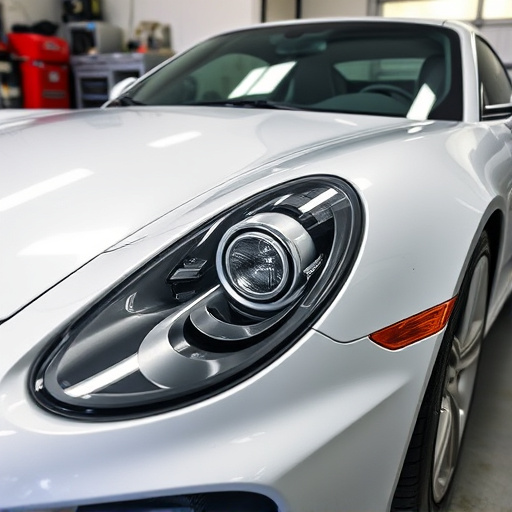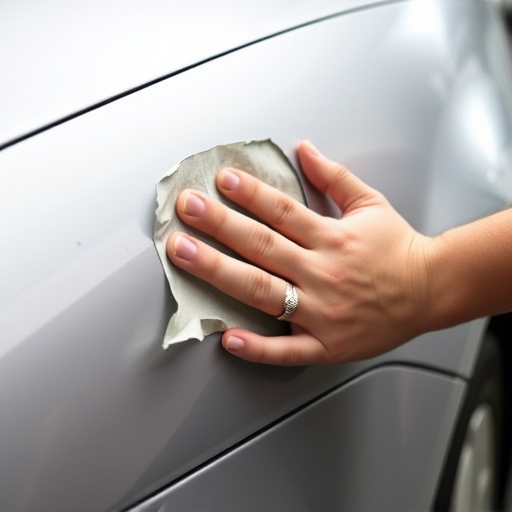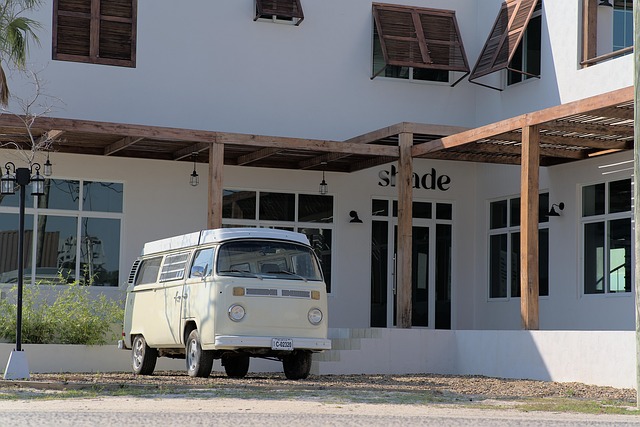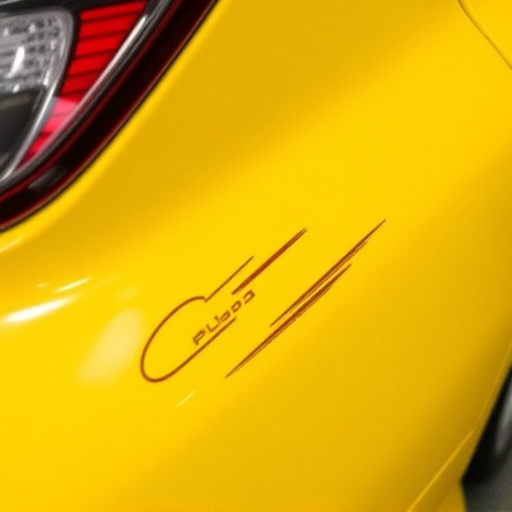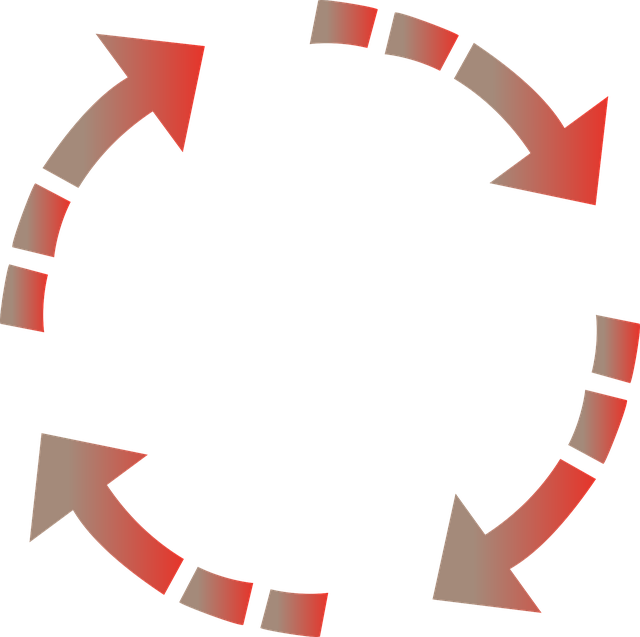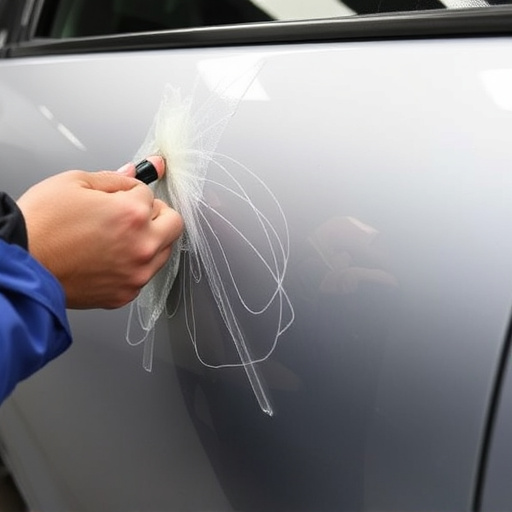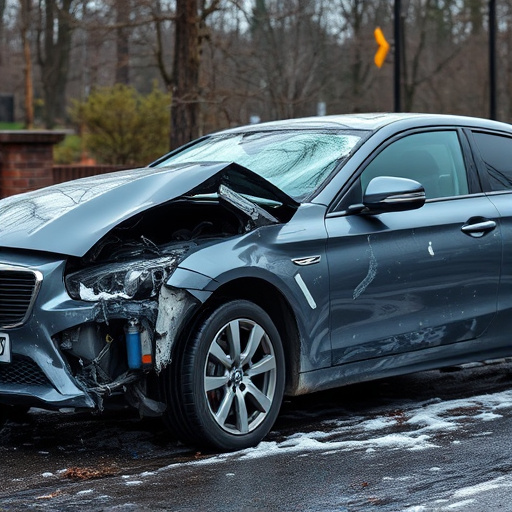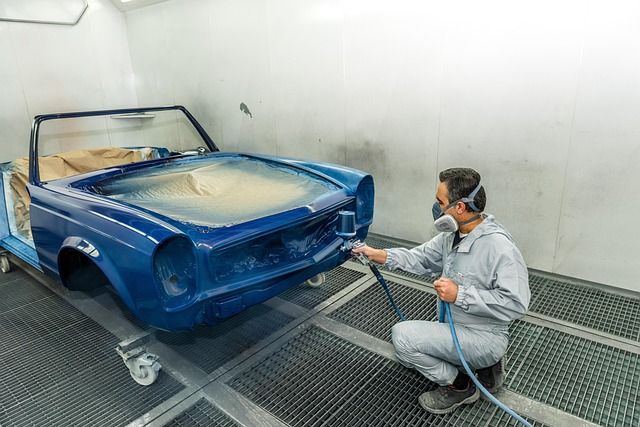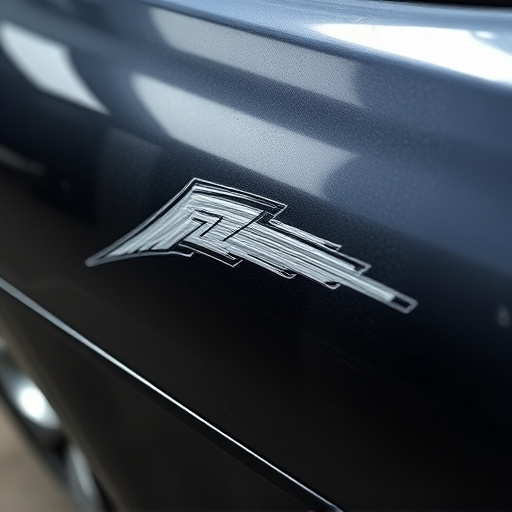Tesla rear hatch alignment is crucial for safe and efficient auto-lift operation, enhancing both vehicle functionality and aesthetics. Achieved through precise vertical/horizontal positioning of door hinges, lift mechanisms, and sensors, it requires specialized tools and a step-by-step process after visual inspection. Regular troubleshooting prevents lifting inconsistencies or failures caused by manufacturing defects, installation errors, or previous damage, ensuring optimal rear hatch functionality for Tesla owners.
Tesla’s innovative auto-lift feature requires precise rear hatch alignment for seamless operation. This guide explores the fundamentals of Tesla rear hatch alignment, providing a comprehensive understanding for owners. We delve into essential tools and techniques to ensure accurate adjustment, empowering you to troubleshoot common issues. From basic principles to advanced problem-solving, this article equips you with the knowledge to maintain your Tesla’s auto-lift functionality consistently.
- Understanding Tesla Rear Hatch Alignment Basics
- Tools and Techniques for Precise Alignment
- Troubleshooting Common Auto-Lift Issues
Understanding Tesla Rear Hatch Alignment Basics

The Tesla rear hatch alignment is a critical component for achieving seamless and consistent auto-lift functionality. At its core, this process involves meticulously calibrating the rear door’s vertical and horizontal positioning to ensure it opens and closes smoothly. A properly aligned rear hatch not only enhances the overall aesthetic appeal of your Tesla but also guarantees a secure and reliable operation, crucial for safety and practicality.
Understanding the fundamentals of Tesla rear hatch alignment is key, especially when considering tasks like classic car restoration or addressing issues from frame straightening. It requires a fine-tuned balance between precise adjustments to the door hinges, lift mechanisms, and various sensors. By mastering these basics, you can ensure your Tesla’s rear hatch operates at peak efficiency, contributing to both its performance and longevity, particularly in comparison to traditional vehicle paint repair methods or more complex restoration scenarios.
Tools and Techniques for Precise Alignment
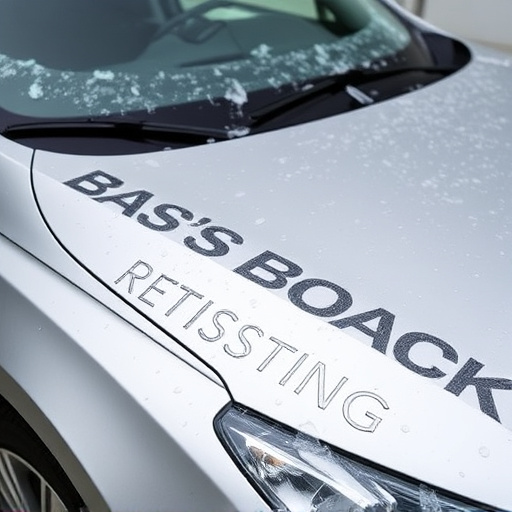
Achieving precise Tesla rear hatch alignment is key to ensuring a consistent auto-lift mechanism. The process demands a combination of specialized tools and meticulous techniques. For this, you’ll need a set of high-quality alignment gauges designed specifically for electric vehicle (EV) repairs, such as those found in many car restoration workshops. These tools enable accurate measurements and adjustments, ensuring the hatch opens and closes smoothly without any misalignments causing potential safety hazards or performance issues.
In addition to these, various techniques can be employed. This includes utilizing jack stands for secure support during adjustment, carefully referencing original manufacturer specifications for reference points, and employing a step-by-step alignment procedure. For instance, start by visually inspecting the hatch for any signs of damage or misalignment before proceeding with adjustments. Then, use the alignment gauges to pinpoint exact positions, making incremental changes until the hatch operates flawlessly. This meticulous approach, often honed through years in car repair services, is crucial for achieving optimal Tesla rear hatch alignment and ensuring a safe, efficient auto-lift system.
Troubleshooting Common Auto-Lift Issues

Many Tesla owners enjoy the convenience of their auto-lift feature for easy loading and unloading. However, a misaligned rear hatch can lead to inconsistent or failed lifts, frustrating this experience. Common issues include hatch gaps that vary with vehicle angle, uneven lifting, or complete failure to open. These problems often stem from manufacturing defects, improper installation, or prior damage, such as in an auto collision at a body shop service center.
Troubleshooting begins with checking the rear hatch for proper alignment using a frame straightening tool. Ensure all components, including hinges and sensors, are in their designated positions. Inspect for any signs of wear, corrosion, or misalignment that may require professional body shop services to rectify. Calibrating the auto-lift mechanism according to Tesla’s specifications can also resolve inconsistent performance.
Tesla’s innovative auto-lift feature relies heavily on precise rear hatch alignment. By understanding the basic principles, mastering alignment techniques with the right tools, and troubleshooting common issues, Tesla owners can ensure a seamless and safe lifting experience. With these tips in hand, you’ll be well-equipped to maintain your Tesla’s functionality and enjoy the convenience of its auto-lift system for years to come.
